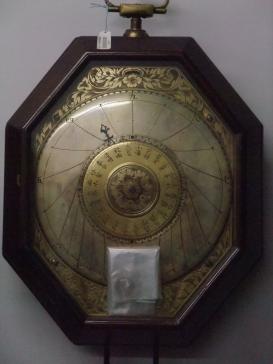The use of clocks for timekeeping seems to be a straightforward and almost intuitive routine. Yet glancing at mechanical clocks designed in a culture remote from us in both time and space we witness how modern-day intuitions betray our attempts to understand these time-measuring devices. This confusion arises because “time” itself is far from being obvious, but rather comprised of numerous cultural assumptions related to time-keeping technology. In this project Yulia Frumer investigated the array of technological, conceptual, visual, and computational assumptions underlying the notion of time by exploring the transformation in practices of time-measurement in Edo period (1600–1868) Japan.
When mechanical timekeeping technology was introduced to Japan from the West in the sixteenth century it underwent a metamorphosis adapting to the Japanese time system, in which hours changed their length with the seasons; yet in the mid-nineteenth century Japanese scholars wholly accepted the Western conventional notion of time as a universal and abstract entity independent of human activity. What were the forces behind this transformation? How did Japanese scholars come to accept Western notion of time without ever being explicitly told what it was? In order to answer these questions Yulia Frumer looked at the changing timekeeping practices of Japanese astronomers. Time measurement was an essential feature of any astronomical practice, yet the kind of “time” used by various Japanese astronomers changed throughout the eighteenth and the nineteenth century, stimulating major transformations in the field of Japanese astronomy, and following that in geography and navigation. Looking at the notion of time measurement as a web of practical, visual, materials and conceptual associations, Yulia showed how, by adopting Western practices that corresponded with Western notion of time, Japanese scholars came to posses an array of implicit assumptions, which allowed them to reconstruct and eventually favor the characteristics of Western temporal system.

